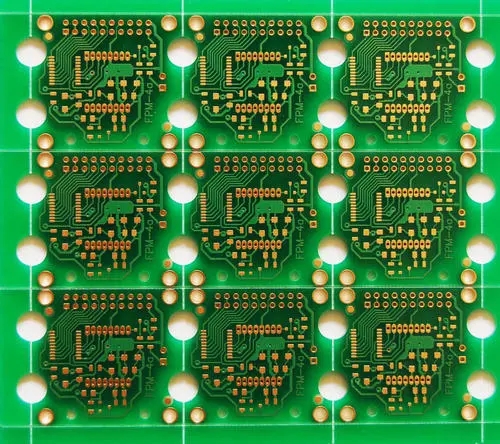Overview of high-speed material buried resistor boards:

With the current rapid development of science and technology, electronic products are constantly developing towards miniaturization, lightness and multifunction. Therefore, PCB as a component carrier of electronic components will inevitably develop in the direction of miniaturization and high density. A large number of resistor components are scattered on the surface of the traditional PCB board, which makes a large amount of board space occupied. This seriously violates the new generation of high-speed digital information transmission and reception electronic products, the development law of portable miniaturization, light and thinness, high performance, and multi-function, and considering the reliability of PCB assembly, the stability and electrical performance of resistor devices, resistor devices The integration is very necessary. At present, it is more and more difficult to arrange and install a large number of components on the printed circuit board surface to meet these performance requirements. In order to continuously meet the needs of these development trends, passive components are generally used in various electronic components assembled on printed circuit boards. Components account for the majority, and the ratio of the number of passive components to the number of active components is (15-20):1. With the increase in IC integration and the increase in the number of I/Os, the number of passive components will continue to increase rapidly. Buried resistor technology can solve the above problems well, and this technology is one of the key technologies to realize the integration of resistor devices. Therefore, by embedding a large number of passive components that can be embedded in the printed circuit board of high-speed materials, the circuit length between the components can be shortened, the electrical characteristics can be improved, and the effective printed circuit board packaging area can be increased. The solder joints of the printed circuit board surface, thereby improving the reliability of the package and reducing the cost. Therefore, the embedded component is a very ideal installation form and technology.
2.1. Existence of buried resistance
There are many kinds of buried resistance components, but there are mainly two forms: an embedded buried resistance technology is to paste various required resistor components on the inner layer of the completed circuit through SMT (surface mount technology), and then paste The technology of embedding the resistive components by pressing the inner layer of the upper component; one is to print and etch the special resistive material into a pattern to form the inner (outer) material with the required resistance value for the design, using the conventional multilayer The PCB manufacturing process is connected with other parts of the circuit. As shown in Figure 1 below
Cross-sectional view of embedded resistive element multilayer circuit board
Cross-sectional view of embedded resistive element multilayer circuit board (Figure 1)
2.2. Advantages of buried resistors
The above-mentioned embedded buried resistor and the two types of buried resistors etched into a pattern have the following common advantages over separated resistors:
(1) Improve the impedance matching of the line
(2) Shorten the signal transmission path and reduce the parasitic inductance
(3) Eliminate the inductive reactance generated in the surface mount or plug-in process
(4) Reduce signal crosstalk, noise and electromagnetic interference
(5) Reduce passive components and increase the density of active components